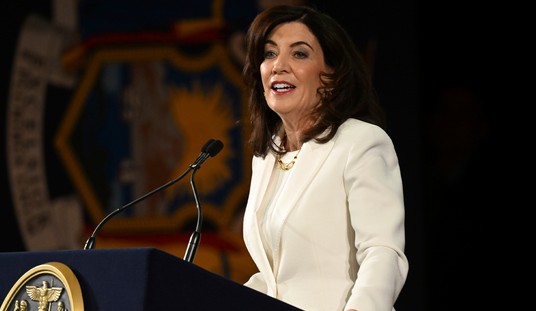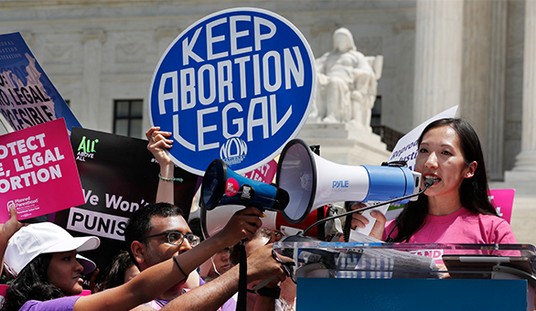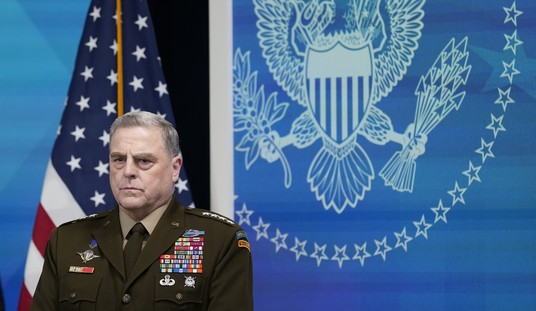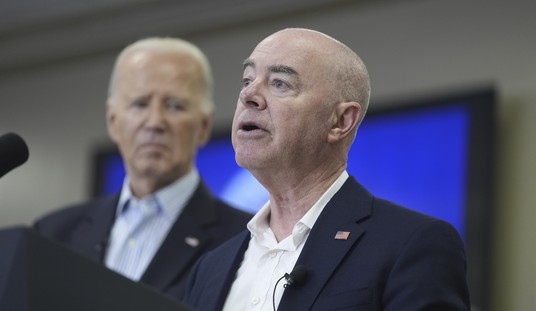This week, my son is attending chess camp. It seemed like a good idea when I signed him up in May. An indoor camp the last week of July when the temperature and the humidity in Atlanta would be hovering around 95 would be a welcome respite, I thought. I was right.
The first day was so-so, but the second picked up as he reported that he watched a video from chesskid.com made by the Pink Hamster about the fried liver attack.
Having refused to let a hamster into the house, and absolutely sure that my son would NEVER eat fried liver (he had already told me he passed up the lasagna and ate a peanut butter sandwich instead), I was pretty sure he was not talking about a new pet and dinner.
Turns out that the pink hamster is the code name in chess lingo for David Petty, who provides chess lessons on chesskid.com. The fried liver attack is a series of introductory moves in chess that, according to my son, results in one's opponent feeling as if his or her liver is getting fried.
As hot as Atlanta can be in late summer, Washington, D.C., which is built on a swamp, is normally even more miserable. This year is no different. Historically, elected representatives have vacated our nation's capital during the summer. Just imagine in the 1800s the diseases that could spread between the lack of sanitation and the heat and humidity. However, this summer, our elected officials are sweating it out in Washington as they try to figure out a solution to the debt-ceiling crisis.
A few facts that provide the structure for what is happening might be helpful.
The debt ceiling is the amount of money that the U.S. Treasury has been authorized to borrow in order to pay the government's bills. Since it was introduced in 1917, the debt ceiling has been raised 102 times, 10 times during the last decade alone.
Recommended
To raise the debt ceiling, the House of Representatives and the Senate have to agree to a bill that the president will sign. If the president vetoes the bill, then both houses would need to override his veto (technically possible, but not going to happen right now).
What is our current debt ceiling?
$14.3 trillion.
How does this compare to our government's annual revenue?
Federal revenue was $2.2 trillion for fiscal year 2010. The debt ceiling equals six and one half years of total federal government revenue.
Why didn't the government increase the debt ceiling when it passed this year's budget?
The budget for the year ending Sept. 30, 2011, was passed in April, more than six months into the fiscal year, and included the approval to spend, but not the corresponding approval to raise the debt ceiling.
How does this debt compare to the total economic activity of the United States?
According to the Bureau of Economic Analysis, the 2010 gross domestic product was $14.7 trillion. The GDP represents the market value of goods and services produced in our country in one year. The current debt ceiling is almost the same as an entire year of economic activity in the United States.
Who pays individual income taxes?
According to the Brookings Institution, 39 percent of Americans pay no federal income tax. This means that 61 percent of Americans are paying 100 percent of the individual income tax received by the federal government. From a cursory review of the facts, it becomes evident that the U.S. government needs to review how it budgets and spends. In an ironic move, last Thursday, President Barack Obama nominated Richard Cordray to direct the newly formed Consumer Financial Protection Bureau (CFPB). Its mission, according to its website, is "to make markets for consumer financial products and services work for Americans -- whether they are applying for a mortgage, choosing among credit cards, or using any number of other consumer financial products."The government can't manage properly its own budgeting process and line of credit, but it can set up a new agency using the taxpayers' money to help the taxpayers do what the government cannot do.
Kind of makes you feel like you feel like your liver is getting fried.
























Join the conversation as a VIP Member